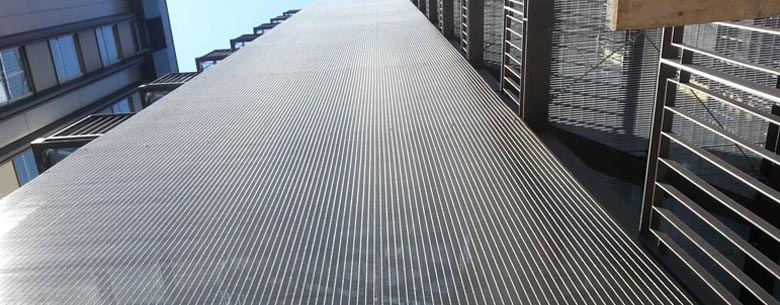Understanding AC Unit Noise Barrier Importance and Implementation
Air conditioning (AC) units have become a staple in modern homes and commercial spaces, providing the comfort of cool air during hot weather. However, their operation often comes with an unavoidable side effect noise. Excessive noise from AC units can be a nuisance, adversely affecting the tranquility of the environment. This has led to the increasing need for effective noise barriers that can mitigate sound levels without sacrificing performance.
Noise barriers are structures designed to obstruct sound waves, reducing noise pollution from sources like traffic, industrial facilities, and, in our focus, air conditioning units. By implementing a noise barrier, individuals and businesses can create a more peaceful living or working environment, which is crucial for both physical and mental well-being.
The Importance of AC Unit Noise Barriers
The significance of noise barriers cannot be overstated. For residential areas, particularly those close to busy roadways or mechanical installations, the incessant hum of an AC unit can disrupt daily activities, disturb sleep, and even hinder relaxation. For commercial spaces such as offices, excessive noise can impair concentration, leading to reduced productivity and potential dissatisfaction among employees.
Moreover, there are health implications associated with prolonged exposure to loud noises, including stress, anxiety, and hearing impairments. Hence, investing in an effective AC unit noise barrier not only addresses nuisance but also promotes a healthier living and working atmosphere.
Designing an Effective Noise Barrier
ac unit noise barrier

When considering the design of an AC unit noise barrier, several factors come into play. The material of the barrier plays a crucial role; common options include acoustic panels, mass-loaded vinyl, and soundproofing curtains. Each of these materials has distinct properties that can either absorb sound, reflect it, or both.
Height is another important consideration. A taller barrier may block more sound effectively, particularly if the barrier extends above the unit and the line of sight. Additionally, the placement of the noise barrier significantly impacts its effectiveness. It should be positioned as close to the source of noise as possible while ensuring that it does not obstruct essential airflow to the AC unit.
Implementing the Barrier
The installation of noise barriers can vary in complexity. For smaller residential units, simple modifications like building a wooden or concrete enclosure around the AC unit may suffice. However, for larger facilities, professional intervention might be necessary. This could involve detailed sound assessments and tailored designs to ensure optimal sound reduction.
In some cases, landscaping techniques can also provide a natural noise barrier. Strategically planting dense shrubs and trees around an AC unit can significantly dampen sound, ensuring that the environment remains tranquil.
Conclusion
In conclusion, addressing the noise produced by air conditioning units through the implementation of noise barriers is a practical and beneficial solution. Such measures not only enhance comfort and tranquility but also improve overall health and productivity in homes and workplaces. As the demand for efficient cooling solutions continues to grow, so does the importance of maintaining a peaceful environment. By investing in effective AC unit noise barriers, individuals and businesses can enjoy the benefits of modern air conditioning without the accompanying burden of noise pollution.
-
Why Galvanized Trench Cover Steel Grating Resists Corrosion
NewsJul.10,2025
-
The Versatility and Strength of Stainless Expanded Metal Mesh
NewsJul.10,2025
-
Load Calculations in Steel Grating Platforms
NewsJul.10,2025
-
Keeping Pets and Kids Safe with Chicken Wire Deck Railing
NewsJul.10,2025
-
Hole Diameter and Pitch for Round Perforated Metal Sheets
NewsJul.10,2025
-
Aluminium Diamond Mesh in Modern Architecture
NewsJul.10,2025
Subscribe now!
Stay up to date with the latest on Fry Steeland industry news.

